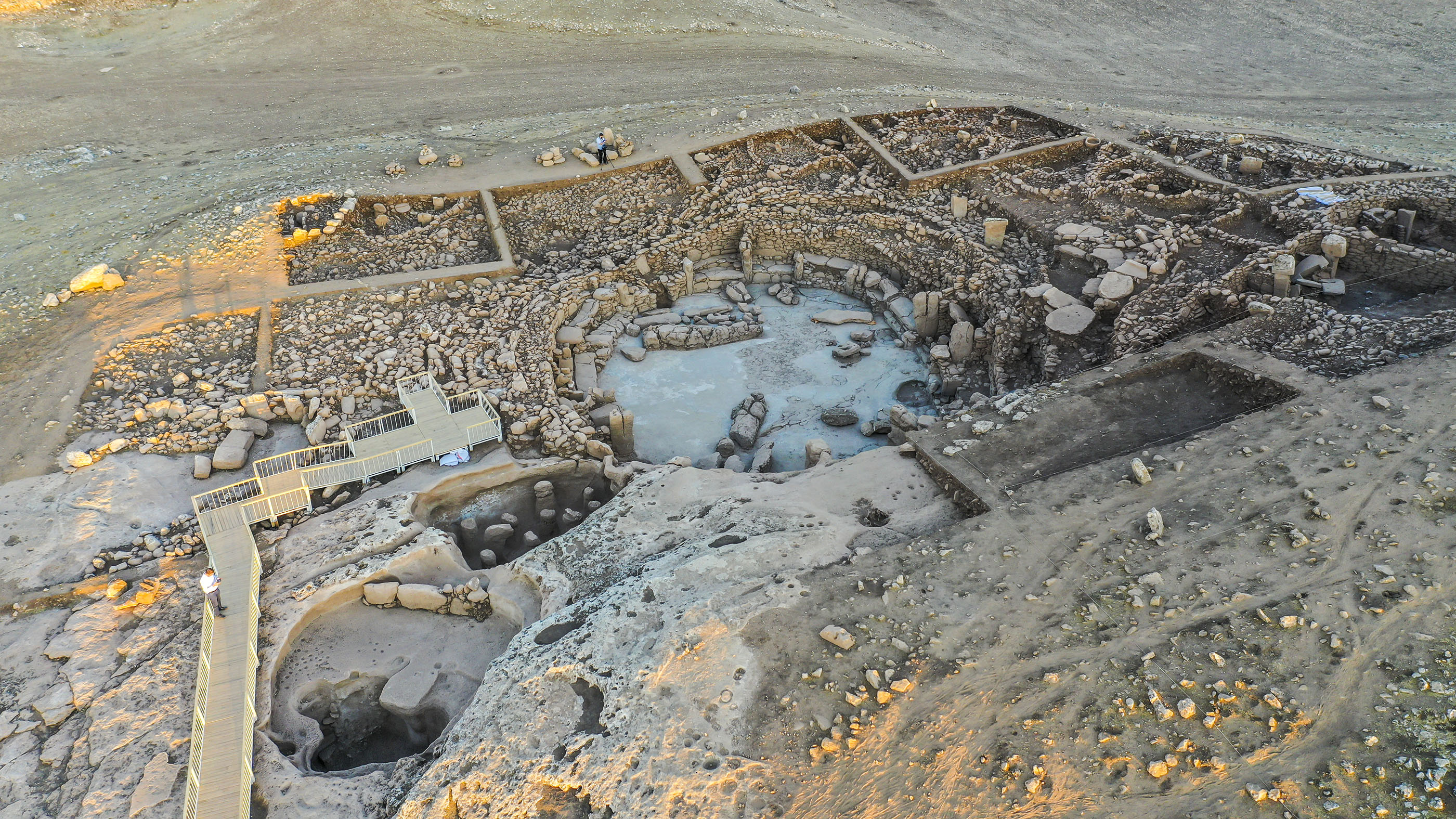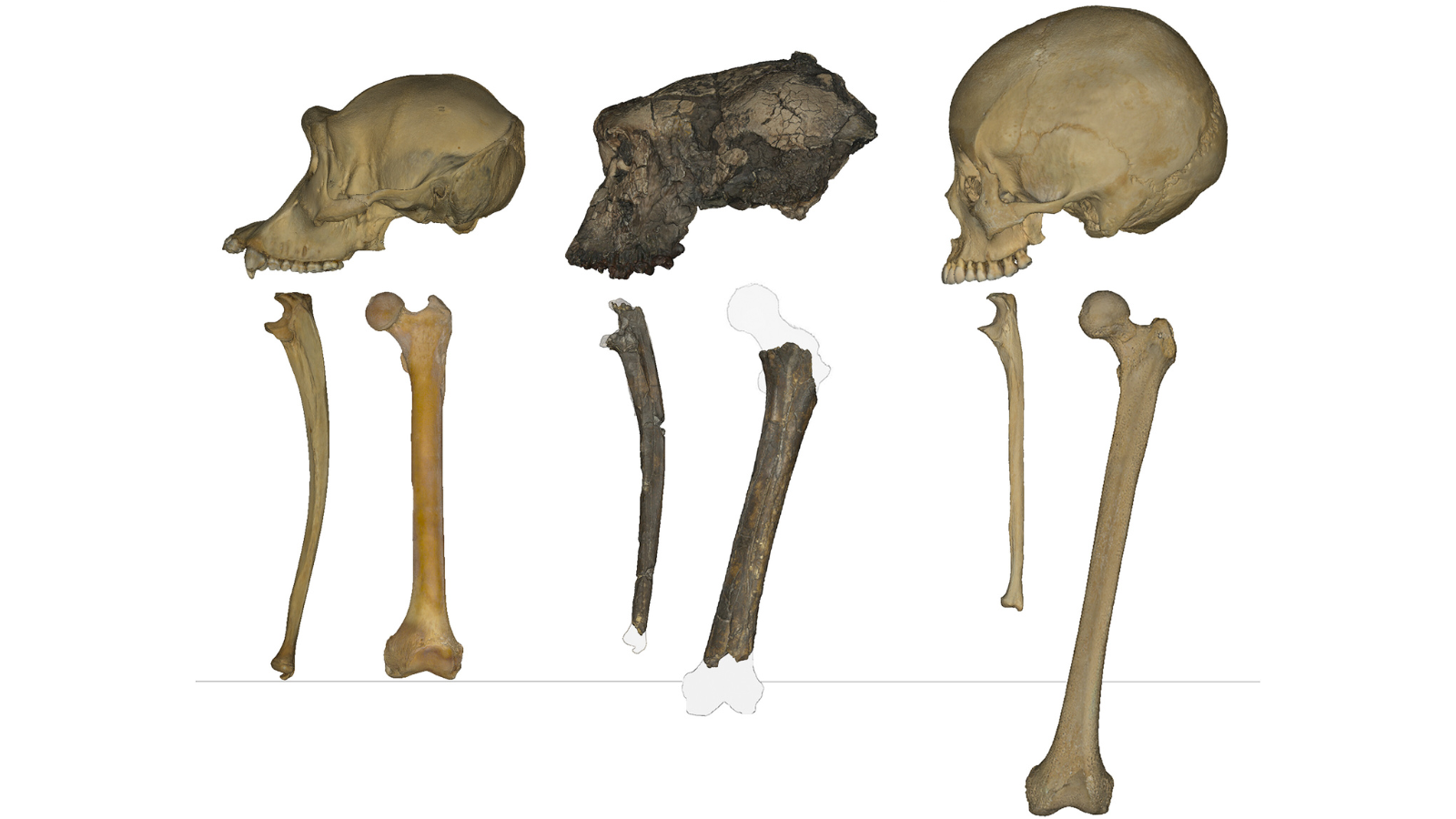Human head carvings and phallus-shaped pillars discovered at 11,000-year-old site in Turkey

Archaeologists in Turkey have found evidence that an 11,000-year-old prehistoric site was used for a ceremonial parade through a building containing phallus-shaped pillars and a carving of a human head.
Called Karahantepe, the site is located in southern Turkey, east of Şanlıurfa, and has a series of buildings that date back to long before writing was invented. Within the remains of the buildings, archaeologists found carvings of human heads, snakes and a fox, as well as several interestingly shaped pillars.
For instance, the archaeologists discovered 11 pillars near a carving of a human head. "All pillars are erected and shaped like a phallus," Necmi Karul, a professor of prehistoric archaeology at Istanbul University, wrote in a paper recently published in the journal Türk Arkeoloji ve Etnografya Dergisi.
Related: Archaeologists are hot on the trail of these 16 spectacular mysteries
In the journal article, Karul did not speculate as to why the heads and phallus-shaped pillars were built or what meaning they may have had.
This building is connected to three others to form a complex of sorts. Ancient people may have held a ceremonial parade through this complex, Karul said. Current evidence suggests that people used the complex for "a ceremonial process, entering the building from one end and exiting at the other end, having to parade in [the] presence of the human head" and the phallus-shaped pillars, Karul wrote in the journal article. More excavation and analysis will need to be done before archaeologists can say for certain that this parade took place, Karul wrote.
Rather than being abandoned, the buildings were filled in with dirt, possibly during a decommissioning ceremony of sorts.
Get the world’s most fascinating discoveries delivered straight to your inbox.
The site dates to a similar time as Gobekli Tepe, another archaeological site that has large buildings and carvings of animals and human heads. Gobekli Tepe is also located near Şanlıurfa, and archaeologists are trying to determine the relationship between the two sites.
Although Karahantepe was discovered in 1997, excavations didn't start until 2019. Between those years, researchers completed several archaeological surveys of the site. Karul did not reply to requests for comment.
Originally published on Live Science.

Owen Jarus is a regular contributor to Live Science who writes about archaeology and humans' past. He has also written for The Independent (UK), The Canadian Press (CP) and The Associated Press (AP), among others. Owen has a bachelor of arts degree from the University of Toronto and a journalism degree from Ryerson University.
 Live Science Plus
Live Science Plus






